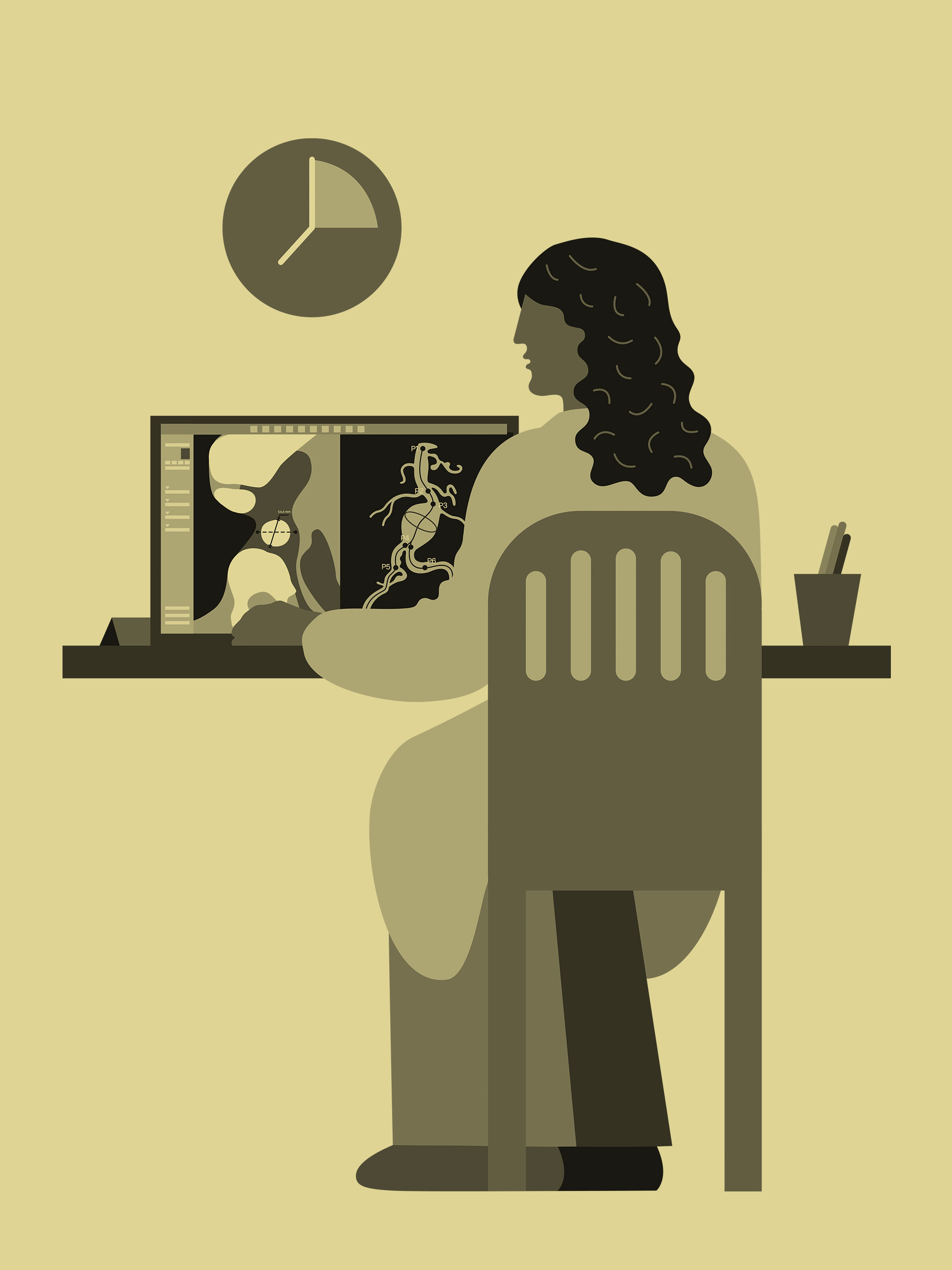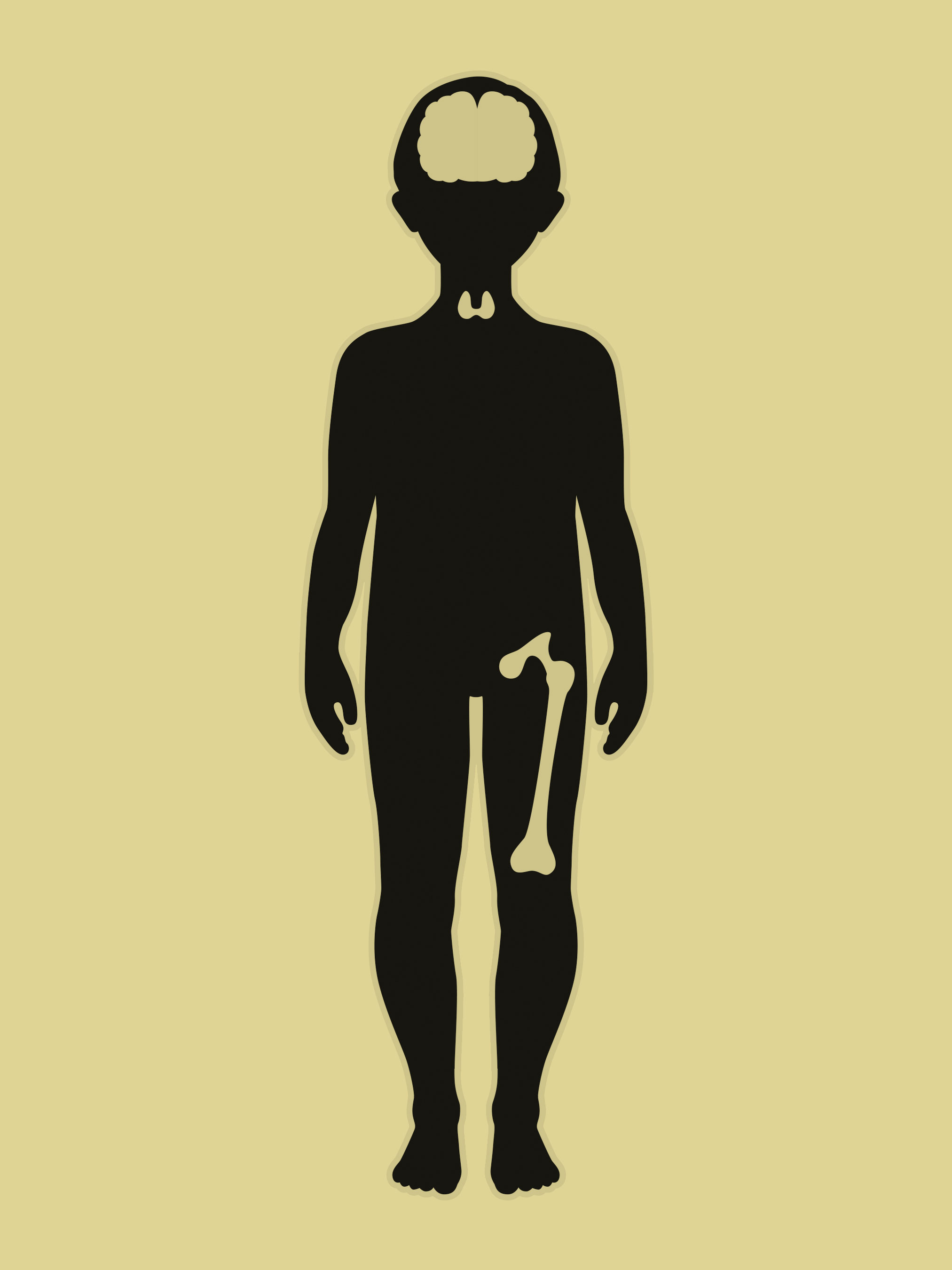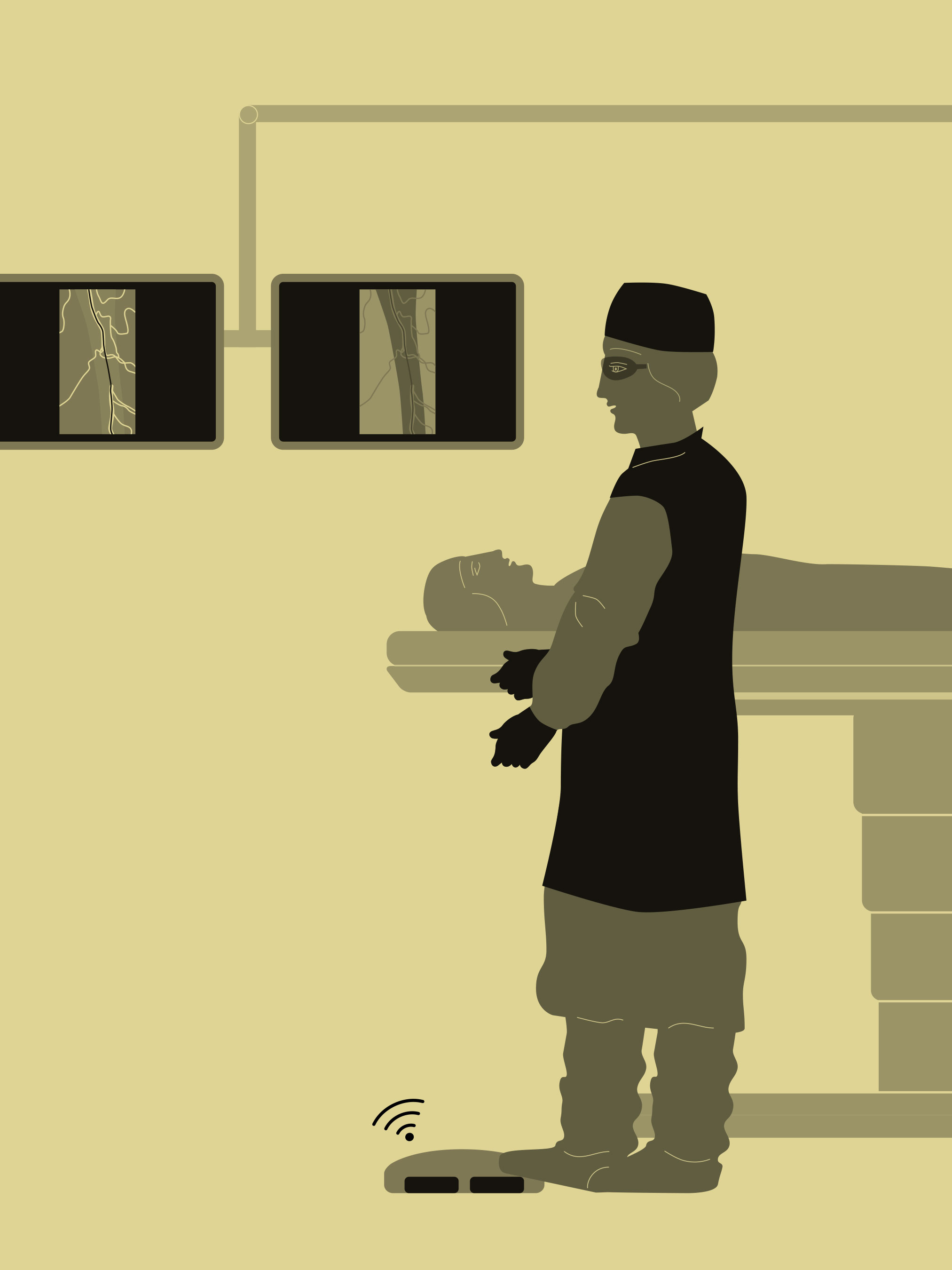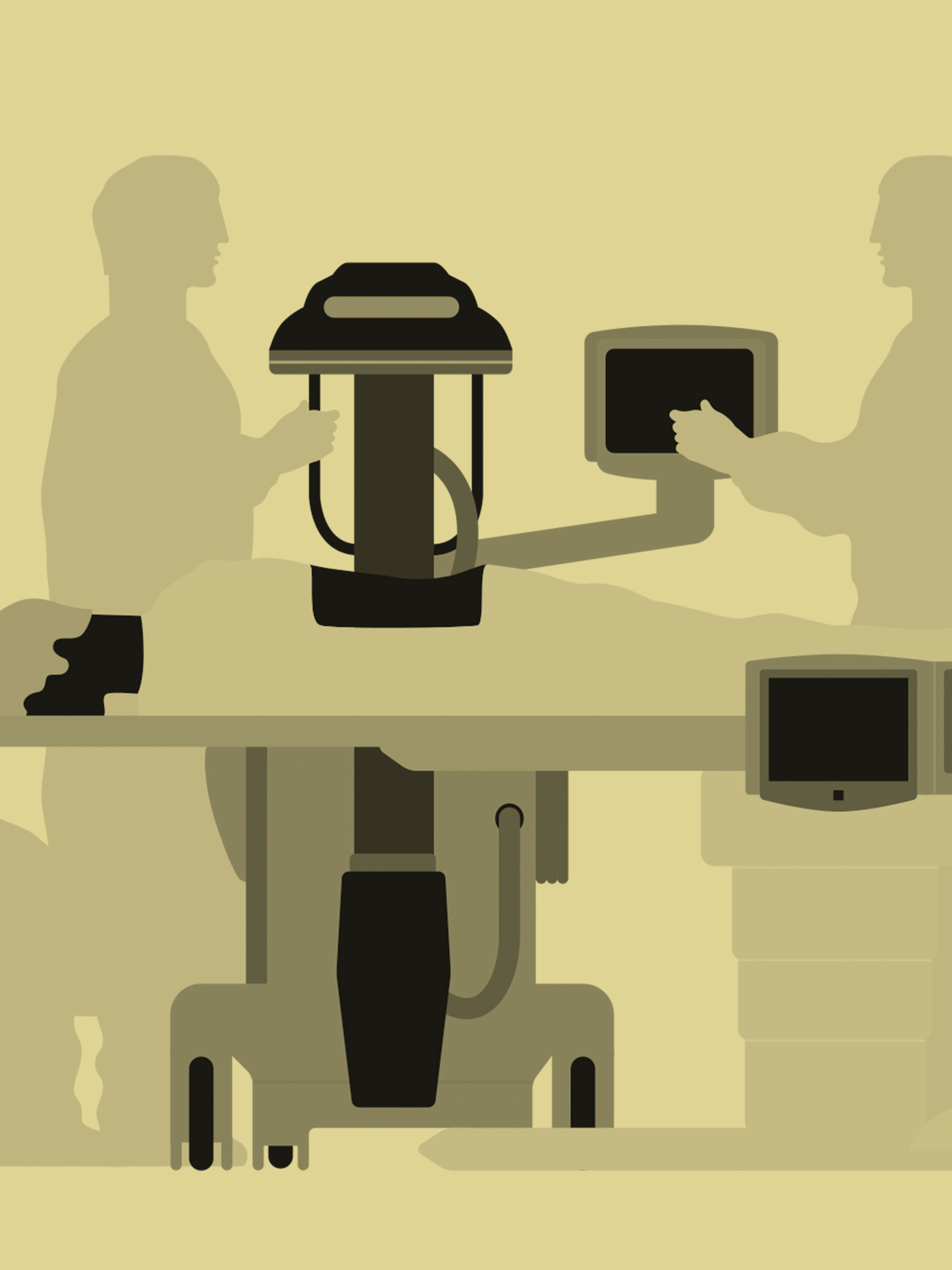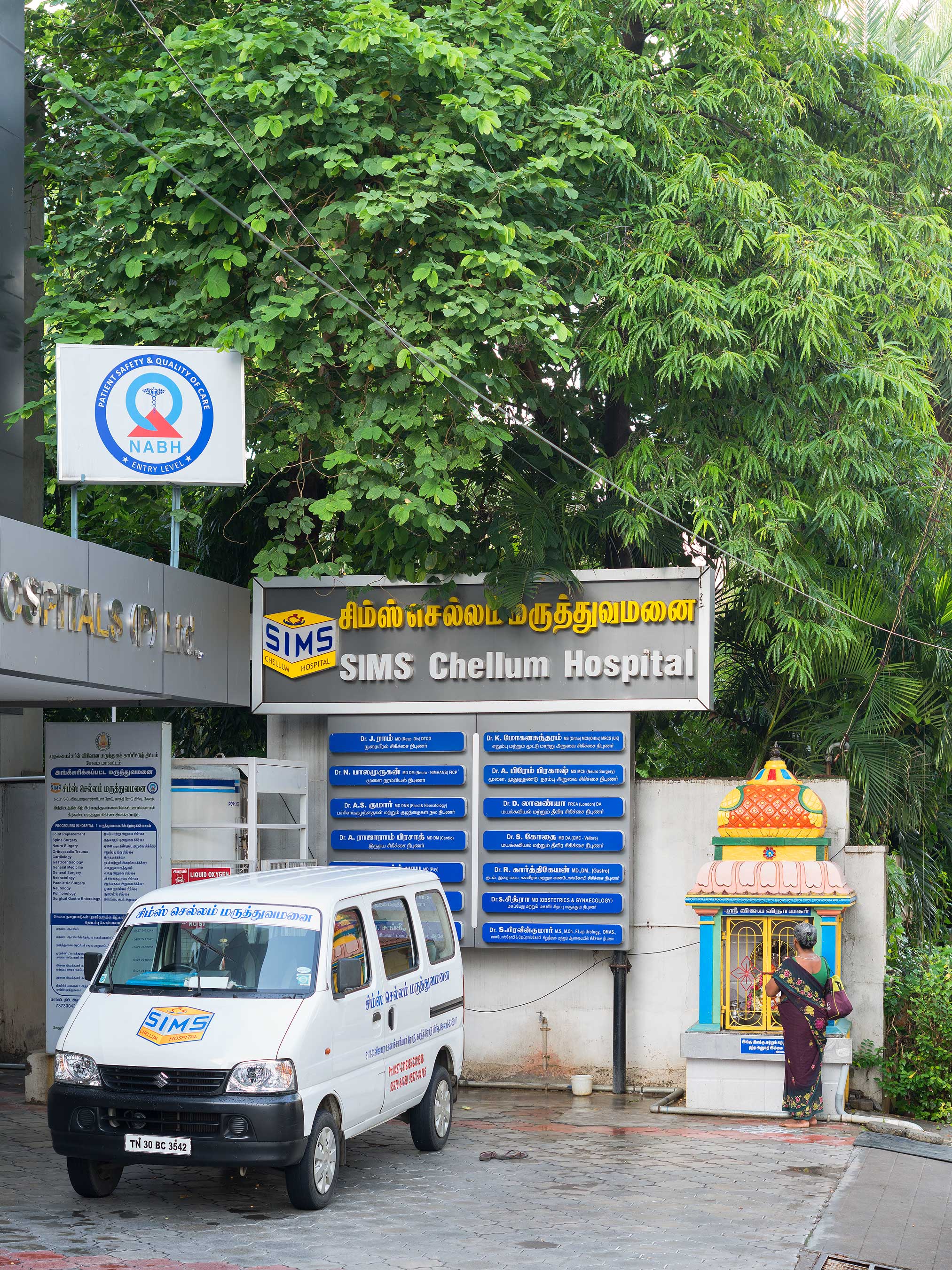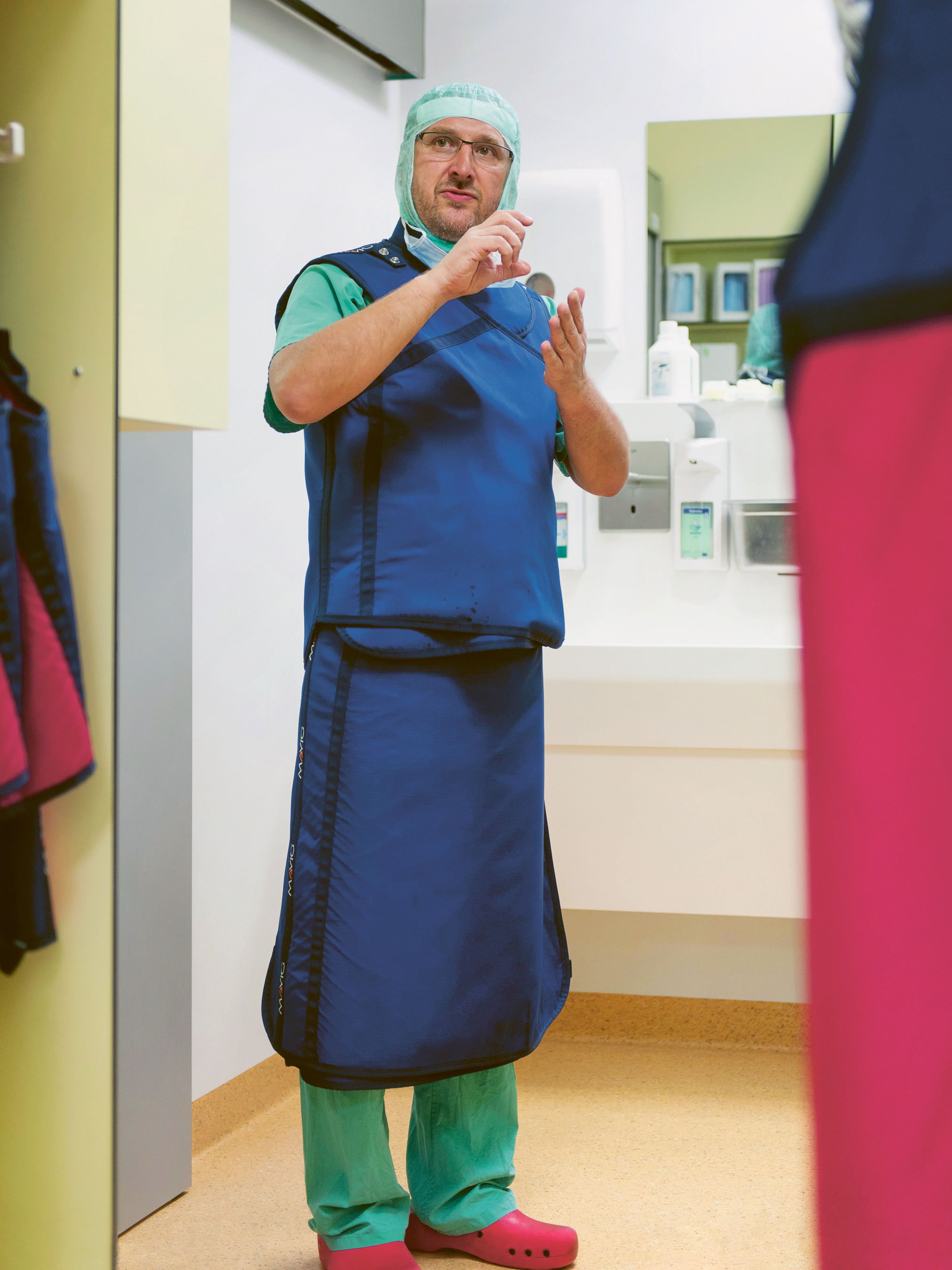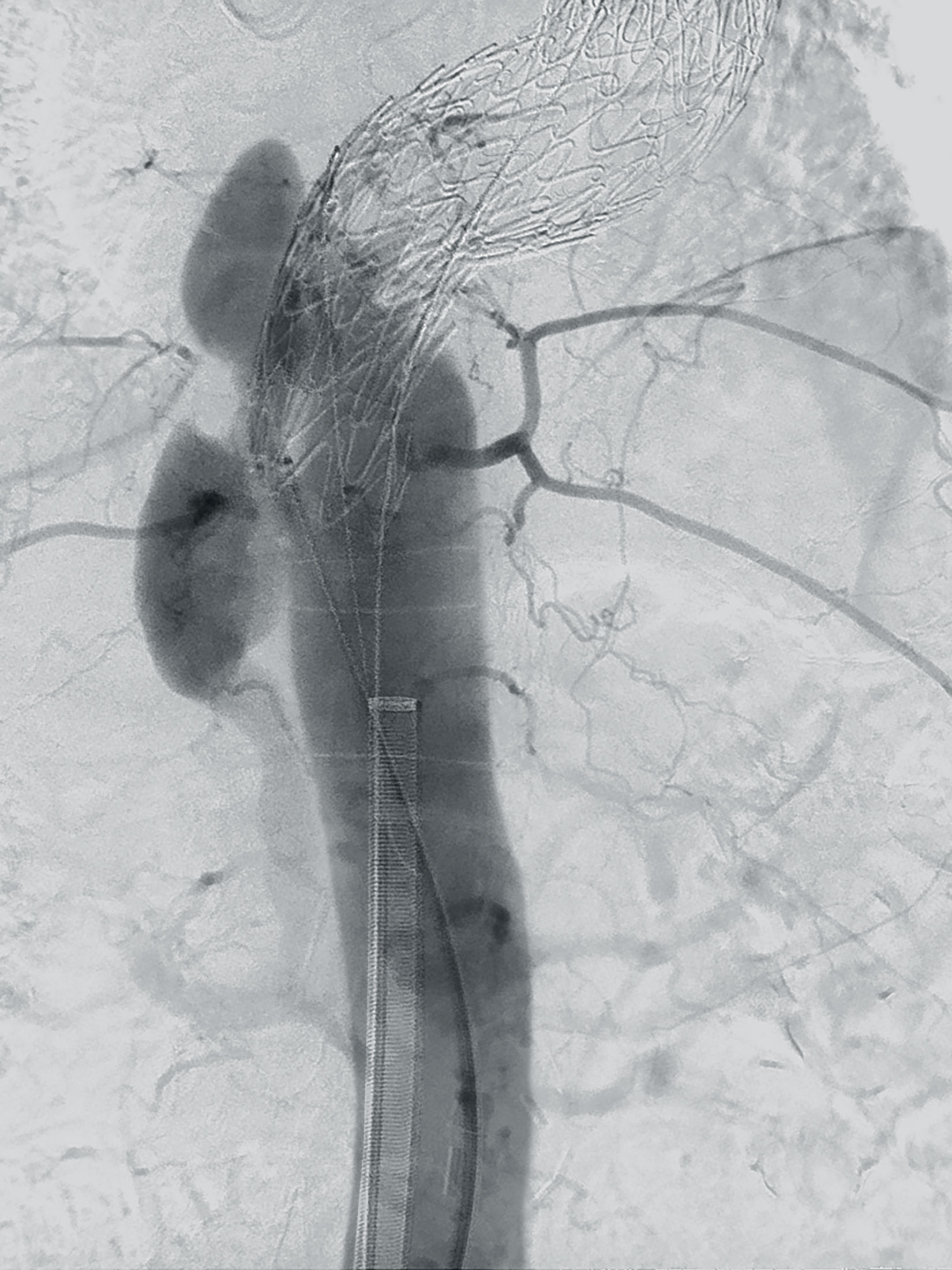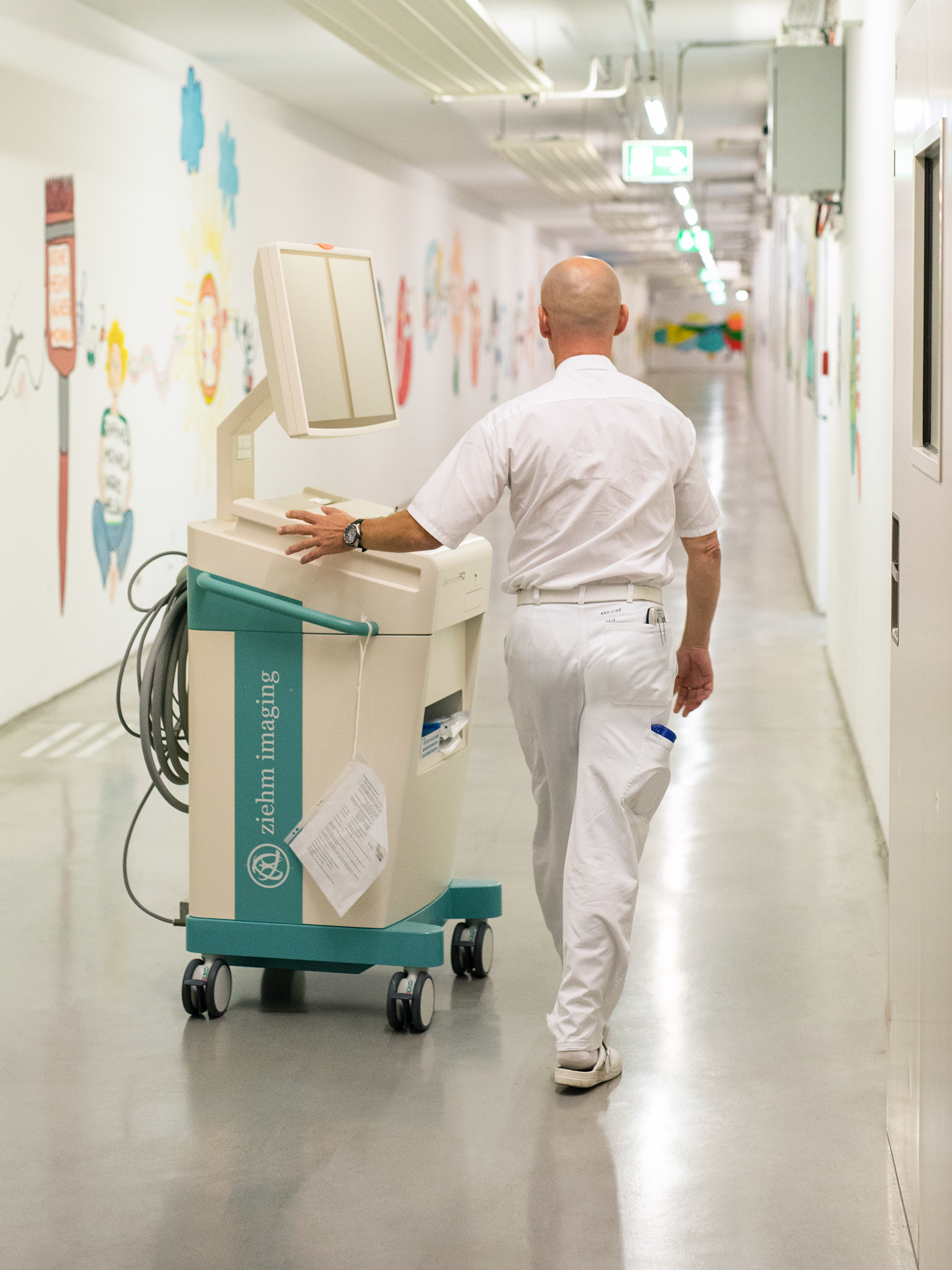The mobile
CathLab
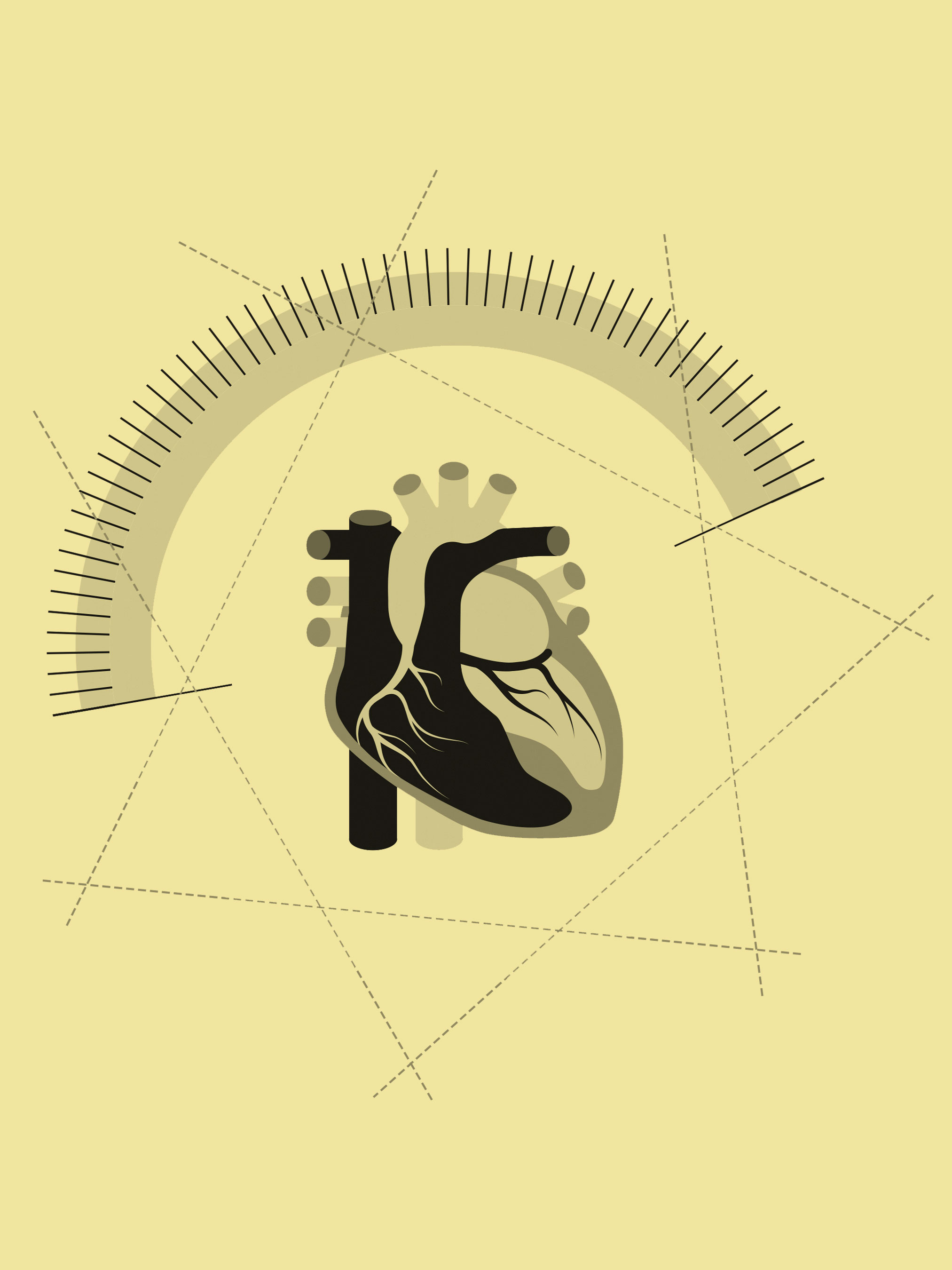
Multifunctional hybrid cardiology solutions such as the mobile CathLab are a real alternative to traditional cardiac catheterization laboratories. Mobile cardiac catheterization laboratories can be used anywhere and at any time. They are noted for their lower acquisition and installation costs and a faster return on investment. At the same time, they deliver uncompromised clinical effectiveness.
1
Powerful mobile imaging for recording
cardiovascular moving images
During cardiac imaging procedures, moving images must be displayed clearly. In order to acquire high-quality fluoroscopy images, a mobile C-arm is ideal, as it can be controlled by the user. At the beginning of the examination, the user can record a short video of the affected vessels and document the status for analysis, in order to assess the results afterwards. The physician usually uses additional contrast media for better visualization and interpretation of vessels and cardiac structures. Images in real time are also necessary when inserting and positioning catheters, as this helps prevent complications, among other things. In addition, it’s necessary to create another video sequence after the procedure so that modifications can be carried out immediately if necessary. This analysis can prevent the need for a follow-up intervention for the patient.
Thanks to the flexibility of the mobile C-arm, any operating room can be used as a mobile CathLab without much effort or additional costs. The C-arm is rolled into the operating room, connected to the power supply, and is immediately ready for use. This allows a faster return on investment (ROI) compared to a fixed system. When choosing a C-arm for a mobile cardiac catheterization lab, the focus should be on image quality and generator power. Detailed and clear moving cardiac images are created by short, high-energy pulses that reduce motion artifacts, and high contrast imaging.
This is where the Ziehm Vision RFD Hybrid Edition Cardio CMOSline, with the most powerful generator on the market, proves its worth. The 30 kW1 generator power provides the best possible support for imaging fine wires, catheters, and electrodes. This enables the device to perform clinical procedures such as coronary angiography, and electrophysiological interventions, as well as complex procedures for the treatment of structural heart disease, such as TAVI, mitral valve clipping, and occluder implantation. A self-regulating cooling system ensures a constant operating temperature and continuous, reliable operational readiness of the C-arm.
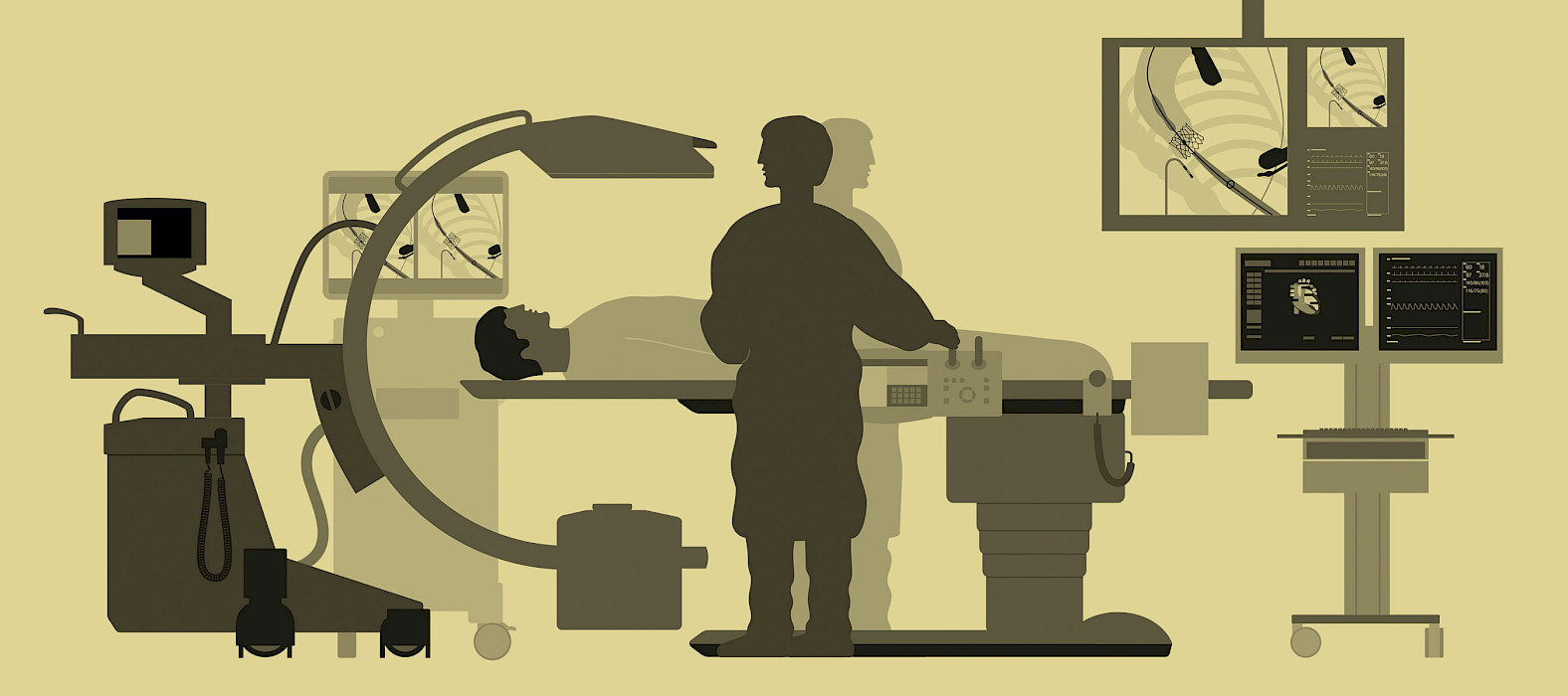
2
Efficient and space-saving monitoring
and recording
The control room is an important part of every cardiac catheterization lab. In the mobile CathLab, a hemodynamic measuring station replaces a conventional control room. During a cardiovascular exam, continuous recording of the cardiovascular system is required. Monitoring the cardiovascular system and the analysis of cardio function with the help of the measuring station guarantees patient safety during the procedure. The measuring station also simplifies protocol creation for the user and generates the final report, which can be stored in the corresponding image or communication archiving system and in the electronic patient file. Ziehm Imaging’s mobile CathLab solution relies on the QMAPP mobile hemodynamic measurement station from our Dutch partner Fysicon, which brings all relevant parameters together in a single front end. Freedom of movement in the OR is increased by the mobile, compact amplifier that can be connected to the operating table with a single cable.
3
Simultaneous display of cardiovascular
images and vital signs
Viewing relevant cardiac images in high quality during surgery is very important for cardiac procedures. While there is no need for additional image displays aside from the classic monitor cart that comes with the C-arm, an additional ceiling or wall monitor provides maximum flexibility and can increase efficiency. The additional monitor should be clearly visible to the operator to allow simultaneous viewing of pressure values and ECG data transmitted from the hemodynamic measurement station. It should also be able to display real-time fluoroscopic images acquired from the C-arm and stored reference images. This requires both a stable transmission connection and technology that displays real-time data in high quality. In modern cardiac catheterization laboratories, due to the high number of displays needed, a single large monitor is usually used that can display images from different sources in separate windows. Image sequences can be transmitted from the C-arm to the external monitor as a live signal via the wireless interface. Wireless transmission reduces the risk of tripping over cables, the user can position the medical equipment where it is needed, and additional hard-to-clean plugs and sockets are avoided – an important hygiene aspect. For displaying various image signals in the mobile cardiac catheterization laboratory, Ziehm Imaging recommends a 55" UHD monitor, which supports up to twelve input signals and can display all vital signs and other image signals simultaneously in addition to the real-time images.
4
Radiolucent, mobile, and free-floating
operating table
A radiolucent imaging table enables complex interventional procedures. Care should be taken to ensure that the table has smooth, rounded edges. This prevents motion artifacts that can occur especially with angled images, i.e., images in oblique projection. If the table has a free-floating mechanism, it can be flexibly controlled by the user. A mobile table can also be quickly moved to another operating room at any time, completing the mobile CathLab setting. These requirements are met by the STILLE imagiQ2, which has a record setting of radiolucency for mobile imaging tables: up to 60% more translucency than conventional fluoroscopy tables.
Disclaimer
1
The 30 kW generator is available in combination with dedicated cardio packages.
These tips & tricks were published in issue 5 (2022).
Download issue 5 as PDF
